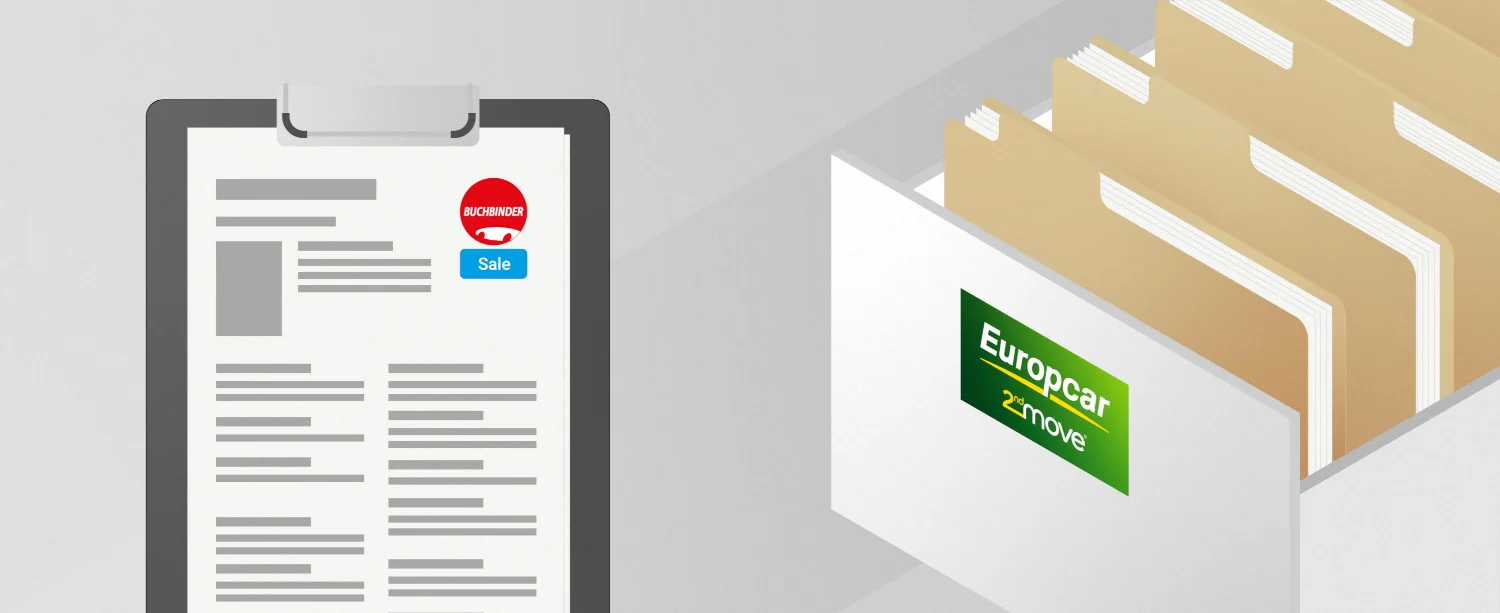The transition to electric commercial vehicles offers numerous benefits such as lower operating costs, lower emissions and a quieter vehicle fleet. And since the customers of logistics companies will increasingly structure their order placement according to ESG criteria, the companies that have recognized the signs of the times when it comes to electromobility in time will ultimately be ahead.
With regard to fleet development in a future electric commercial vehicle era, several aspects are important:
1. Electric vehicles dominate:
Fleets will increasingly consist of electric vehicles, including battery electric vehicles (BEVs) and plug-in hybrids (PHEVs). Advances in battery technology enable greater range and make electric commercial vehicles competitive in many areas of application. Only where large loads have to be transported over long distances will the diesel combustion engine continue to play a dominant role for the time being.
2. Charging stations on company premises:
Companies will increasingly provide charging options for their electric commercial vehicles on their own company premises so that the vehicles can be charged day and night.
3. Building a general charging infrastructure:
The availability of public charging stations will continue to increase. Companies can partner with charging point operators to give their vehicles access to a larger network of charging points.
4. Fleet management software
With the transition to electric commercial vehicles, companies will increasingly use software. These systems enable real-time fleet management by providing information such as location, speed, driving behavior and energy consumption. Solutions of this type also help to monitor the charging status of vehicles, optimize routes, plan charging processes and record maintenance needs. Thanks to software, drivers' driving style can also be improved and wear and tear on vehicles can be minimized.
5. Diversification of vehicle types
In addition to traditional transport vehicles such as vans and trucks, other types of vehicles will also become increasingly electrified. Electric buses and electric cargo bikes can be increasingly used in urban environments to reduce environmental impact and relieve traffic.
The range of electric commercial vehicles is growing
The speed of the expansion of e-mobility and the fleet conversion will depend on various factors. The range of electric commercial vehicles plays a crucial role here. There are now a variety of offers on the market. However, the selection of the suitable vehicle depends on the specific requirements of the respective company for its own fleet, with range playing a decisive role.
There are currently electric commercial vehicles on the market that can cover ranges of 300 km without being charged. Some vehicles even reach up to 500 km. However, their purchase price is very high. What will be even more crucial, however, will be how many kilometers the commercial vehicles can travel with a charge. For many fleet managers, this point will be the key question for or against electric commercial vehicles.
The range of all electric vehicles will be further increased in the future as more and more powerful batteries are developed. The faster this development progresses, the faster more and more electric commercial vehicles will be seen on Germany's roads. Similar to car e-mobility, the state could also offer increased incentives to “boost” development.
 To register, you will be redirected to the Europcar 2ndMove website. After registering, you can log in to Buchbinder-Sale.de.
Next
To register, you will be redirected to the Europcar 2ndMove website. After registering, you can log in to Buchbinder-Sale.de.
Next
 To register, you will be redirected to the Europcar 2ndMove website. After registering, you can log in to Buchbinder-Sale.de.
Next
To register, you will be redirected to the Europcar 2ndMove website. After registering, you can log in to Buchbinder-Sale.de.
Next






 Registration
Registration  Login
Login All vehicles
All vehicles  Direct Sale
Direct Sale
 Auctions
Auctions
 Service
Service
 Company
Company
 My Area
My Area 
